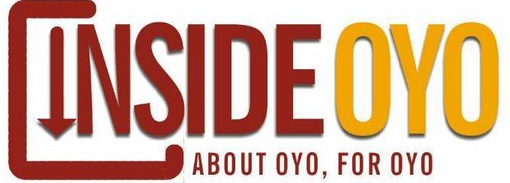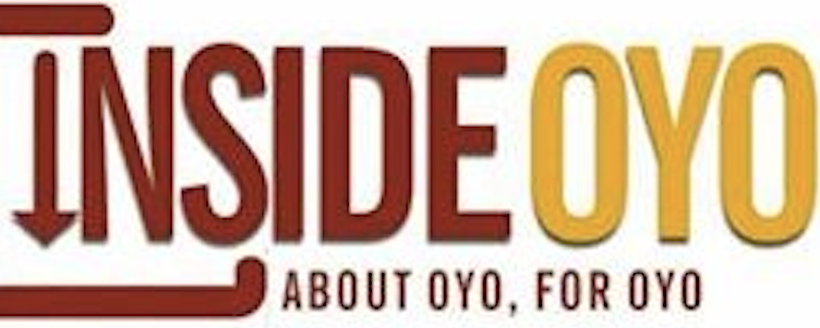Despite great resources and Agricultural potentials for revolution in terms of revenue, Oyo state is among Nigerian states that cannot completely do without federal allocations, InsideOyo.com has gathered.
This revealed came as the fall in oil prices slightly affected government earnings in the first quarter of 2019, with Federation Allocation Account Committee (FAAC) disbursed N1.929trillion between January and March this year. The figure indicates a 0.45% decline from the N1.938trilion disbursed for the same period in 2018, but 36.7% higher than the N1.411trillion disbursed in the corresponding period in 2017.
The information is contained in the latest issue of the Quarterly Review of the Nigeria Extractive Industries Transparency Initiative (NEITI).Total FAAC disbursements in Q1 2019 ended the recent trend of over N2 trillion disbursements which lasted for three consecutive quarters of Q2 to Q4 2018.
Another striking disclosure in the NEITI Quarterly Review is that this year’s budgets as already presented by 35 states cannot be adequately funded even by combined net FAAC disbursements to each state in 2017 and 2018. In addition, the NEITI Review also noted that total state revenues (FAAC and Internally Generated Revenue) in 2017 and 2018 cannot fund 2019 budgets of 28 states.
According to the NEITI publication: “there is no state whose net FAAC disbursements in either 2017 or 2018 can adequately finance their budgets for 2019, Net disbursements to states in 2017 as a percentage of the 2019 budgets ranged between 2.25% (Cross River) and 43.1% (Yobe). Also, net disbursements to states in 2018 as a percentage of the 2019 budgets ranged between 3.54% (Cross River) and 57.7% (Yobe). Thus, clearly, no state can finance its 2019 budgets solely based on FAAC disbursements”.
The gap in the ability of FAAC disbursements to finance state budgets has made it inevitable for most of the states to rely more on borrowing as against the urgency of embarking on creative measures to improve internally generated revenues (IGR). NEITI Quarterly Review listed only three states as positive examples in IGR. The states are Lagos, Rivers and Ogun states.

Oyo state 2019 budget
Oyo state’s 2019 budget is N285,151,200,000. The state’s capital expenditure for the year is N163,531,434,576.24, while recurrent expenditure stands at N121,619,813,614.24.
Oyo state Domestic and External Debt
Oyo state has a Domestic Debt of N91, 515, 756, 366.15, while its external debt stands at $106, 334, 516. 11. Her annual GDP is $16,121 billion. Federal Allocation (2018): N131,664,622,834 and her IGR in the previous year is N15,663,514,824.73.
In a similar report by YNaija, Oyo is one of the outlier rich state, with a potential for great Agricultural revolution in terms of revenue, it would however need better government policy to unleash her economic potentials. “But currently Oyo state cannot completely do without federal allocations,” the online medium said.
The platform further states that successive government have failed to invest in the provision of infrastructure to other part of the state outside the capital and when you leave Ibadan, what you have is largely a rural economy.
In another report seen by InsideOyo.com and released by the Economic Confidential in its Annual States Viability Index (ASVI) shows that seventeen (17) States are insolvent as their Internally Generated Revenues (IGR) in 2018 were far below 10% of their receipts from the Federation Account Allocations (FAA) in the same year.
For Oyo state to remain economically viable, government must work hard devoid of political favours to increase its IGR and wellbeing of the people, revamp and focus of its potentials and be the truly pacesetters every indigenes and residents clamour for.























